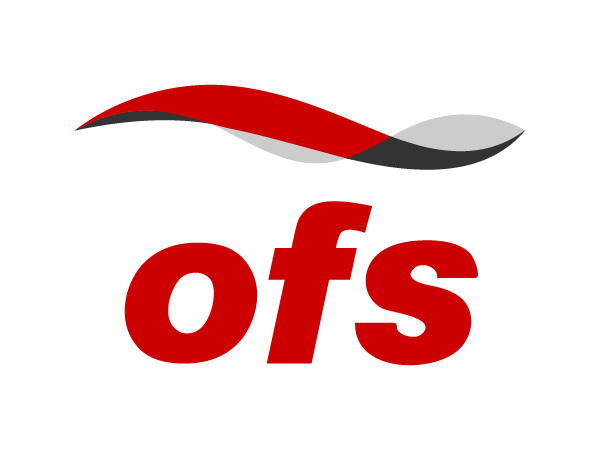Today, coherent transport technology enables speeds of 40 and 100 Gb/s over legacy fiber networks. However, emerging fundamental limitations in spectral efficiency and un-regenerated reach will soon begin to strain the economics of the internet. Backbone traffic is currently growing at a 30-50 percent compound annual growth rate (CAGR), but consumers are reluctant to pay higher fees. This situation means that both cloud providers and traditional network operators must carry significantly greater traffic to maintain the same revenue. This requirement, in turn, means that technology must achieve the increasingly difficult task of driving the marginal cost-per-bit of long haul transport still lower.
Given these growth projections and a slowdown in achievable spectral efficiency, providers have a choice to either install fiber pairs more often or use denser modulation formats. In fact, both will likely be used and current models show that higher optical-to-signal-noise (OSNR) can reduce the cost per bit by avoiding expensive regeneration.
A recent white paper by Robert Lingle, Alan McCurdy and Kasyapa Balemarthy of OFS explores how a new generation of low-loss, large-area fibers can help network operators to better manage these emerging limitations while also enabling even higher data rates up to 400 Gb/s and beyond.
To access this white paper, please go here. 

